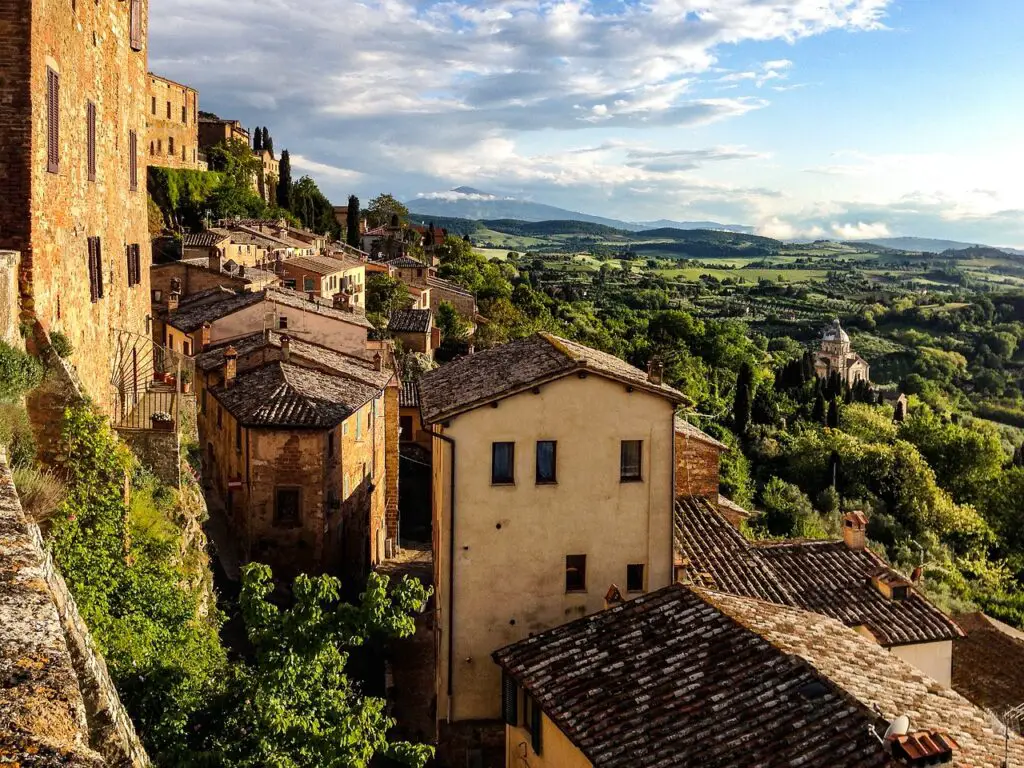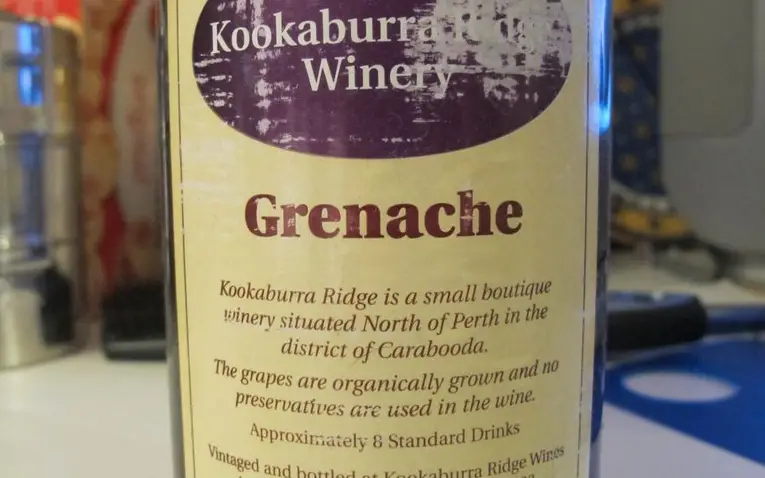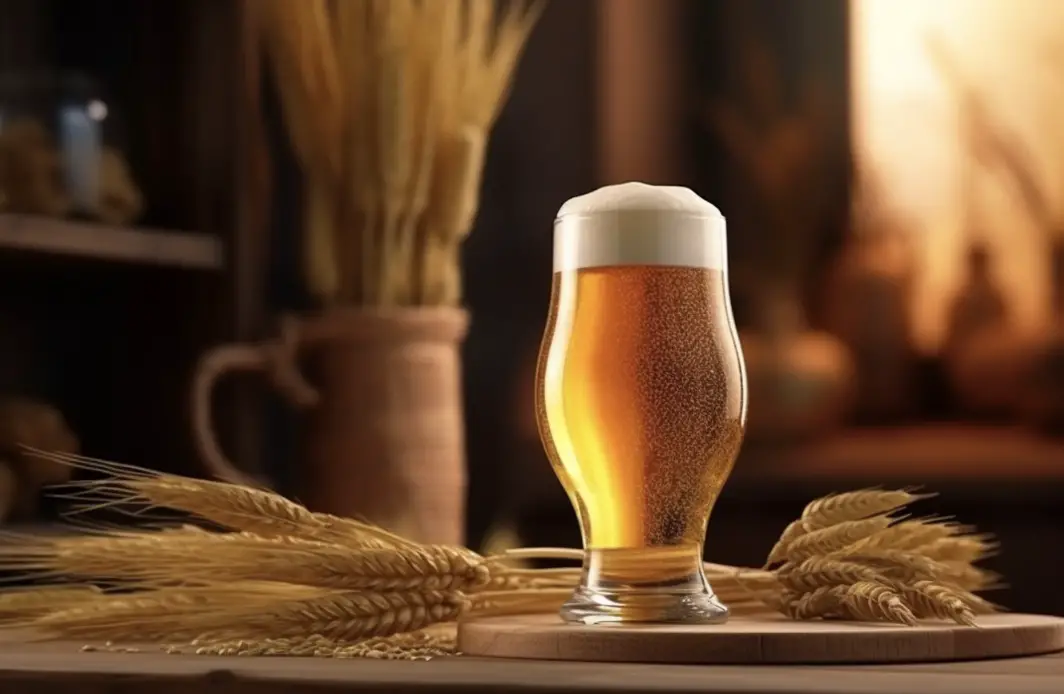If you’re a fan of Sangiovese, the quintessential Italian grape variety, you’re not alone.
With its medium to full-bodied structure, high acidity, and moderate to high tannins, Sangiovese is the perfect wine to enjoy with a wide variety of foods, particularly Italian cuisine.
But what if you’re looking to branch out and try something new that still shares similar characteristics with your beloved Sangiovese?
In this post, we will explore five alternative wines that you might enjoy if you love Sangiovese:
1. Montepulciano
2. Barbera
3. Nebbiolo
4. Tempranillo
5. Grenache
Let’s dive into each of these options and discover their unique characteristics.
1. Montepulciano
Origins and Characteristics
Montepulciano, not to be confused with the Tuscan town of the same name, is a red grape variety that is most commonly found in the Abruzzo region of Italy. Montepulciano d’Abruzzo is the most famous wine produced from this grape.

Similar to Sangiovese, Montepulciano is known for its medium to full body, high acidity, and moderate tannins, making it another excellent choice for pairing with food.
Flavor Profile
Montepulciano wines typically feature flavors of black cherry, blackberry, and plum, with hints of pepper and spice. They often have a slightly earthy, rustic quality, which is reminiscent of Sangiovese. If you enjoy the cherry and earthy notes of Sangiovese, you will likely appreciate the similar flavors found in Montepulciano.
2. Barbera
Origins and Characteristics
Barbera is another Italian red grape variety, primarily grown in the Piedmont region. It is the third most planted grape variety in Italy and produces wines that are known for their deep color, high acidity, and relatively low tannins compared to Sangiovese.
Flavor Profile
Barbera wines tend to showcase flavors of black cherry, blackberry, and red plum, along with notes of licorice, vanilla, and sometimes a hint of chocolate. Their bright acidity and fruit-forward character make them an ideal alternative for those who enjoy the lively acidity and fruit flavors of Sangiovese.
3. Nebbiolo
Origins and Characteristics
Nebbiolo is another red grape variety from Italy, specifically the Piedmont region. It is the grape responsible for the renowned Barolo and Barbaresco wines. Nebbiolo wines are known for their high acidity, high tannins, and complex aromas, which can make them an intriguing option for Sangiovese lovers.
Flavor Profile
Nebbiolo wines often feature flavors of red cherry, raspberry, and cranberry, along with floral and earthy notes, such as rose, violet, tar, and truffle. While their tannins are higher than Sangiovese, their acidity and fruit flavors, combined with their earthy and floral aromas, make them an interesting alternative for those looking to explore beyond Sangiovese.
4. Tempranillo
Origins and Characteristics
Tempranillo is a red grape variety originating from Spain, where it is the most widely planted grape. It is the main grape used in Rioja and Ribera del Duero wines. Tempranillo wines are known for their medium to full body, moderate acidity, and moderate tannins, making them somewhat similar to Sangiovese in terms of structure.
Flavor Profile
Tempranillo wines often showcase flavors of red cherry, red plum, and tomato, along with notes of leather, tobacco, and vanilla. Their earthy and savory characteristics can be reminiscent of Sangiovese, making them a suitable alternative for those who enjoy the more rustic side of Sangiovese.
5. Grenache
Origins and Characteristics
Grenache, also known as Garnacha in Spain, is a red grape variety that is widely grown in Spain and Southern France. It is the key grape in the famous Châteauneuf-du-Pape wines, as well as many Spanish wines from regions like Priorat and Navarra.

Grenache wines are known for their medium to full body, moderate acidity, and moderate tannins.
Flavor Profile
Grenache wines typically feature flavors of red cherry, raspberry, and strawberry, along with hints of white pepper, thyme, and sometimes a touch of smokiness. While their flavor profile is slightly different from Sangiovese, their medium to full body and moderate acidity make them a potential alternative for those who enjoy the structure of Sangiovese.
Conclusion
While Sangiovese will always hold a special place in our hearts, it’s always exciting to explore new wines that share similar characteristics.
Montepulciano, Barbera, Nebbiolo, Tempranillo, and Grenache all offer unique flavors and experiences that can complement and expand your appreciation for Sangiovese.
Personally, I highly recommend trying a Montepulciano d’Abruzzo or a Barbera d’Alba, as they both offer a delightful balance of fruit, earthiness, and acidity that is reminiscent of Sangiovese.

However, all of these alternatives are worth exploring, so don’t be afraid to branch out and try something new. Cheers!
FAQs
Is Sangiovese similar to Merlot?
No, Sangiovese is not similar to Merlot. While both are red wine grape varieties, they have distinct characteristics. Sangiovese is known for its high acidity, medium body, and flavors of cherry, plum, and herbs. It is the primary grape in wines from Tuscany, such as Chianti. On the other hand, Merlot is typically fuller-bodied, with softer tannins and flavors of blackberry, plum, and chocolate. It is often used in Bordeaux blends and is grown in various wine regions around the world.
What wine is most similar to Sangiovese?
One wine that is most similar to Sangiovese is Nebbiolo. Both wines are native to Italy and share similar characteristics such as high acidity, medium body, and complex flavors. Nebbiolo often exhibits notes of red fruits, earthiness, and floral aromas, similar to Sangiovese. Additionally, both wines are known for their ability to age well and develop more nuanced flavors over time.
What is the difference between Merlot and Sangiovese wine?
Merlot and Sangiovese are both popular red grape varieties, but they differ in terms of their characteristics and origins. Merlot is known for its smooth, medium to full-bodied profile with flavors of ripe black fruits, plums, and chocolate. It often exhibits soft tannins and a velvety texture. Merlot is grown in various wine regions around the world, including Bordeaux in France, where it is a key component of many renowned blends.
On the other hand, Sangiovese is the primary grape of Tuscany in Italy and is responsible for famous wines like Chianti and Brunello di Montalcino. Sangiovese wines tend to have higher acidity, vibrant red fruit flavors like cherry and strawberry, and earthy or herbal undertones. They can range from light and fruity to more structured and complex, depending on the specific style and aging.
In summary, Merlot offers a smooth and fruit-forward profile, while Sangiovese is known for its higher acidity and diverse range of flavors, often reflecting the terroir of Tuscany.
Is Sangiovese similar to Cabernet Sauvignon?
Sangiovese and Cabernet Sauvignon are both red grape varieties, but they have distinct characteristics. Sangiovese is the primary grape used in Italian wines like Chianti, Brunello di Montalcino, and Sangiovese-based blends. It typically produces medium-bodied wines with bright acidity, red fruit flavors, and herbal notes. On the other hand, Cabernet Sauvignon is known for its full-bodied nature, dark fruit flavors, firm tannins, and aging potential. While they both make excellent wines, Sangiovese and Cabernet Sauvignon differ in terms of flavor profile, structure, and regional associations.
What is Sangiovese wine similar to?
Sangiovese wine is similar to other medium-bodied, dry red wines such as Nebbiolo, Barbera, and Tempranillo. It often exhibits flavors of cherries, red berries, herbs, and earthy notes, with a good level of acidity.
Are Chianti and Sangiovese similar?
Yes, Chianti and Sangiovese are similar. Sangiovese is the primary grape variety used in the production of Chianti wines. Chianti is a wine region in Tuscany, Italy, known for its Sangiovese-based wines. While Sangiovese is the dominant grape in Chianti, other grape varieties can be blended in small amounts. So, Chianti can be seen as a specific style of wine made primarily from Sangiovese grapes.



